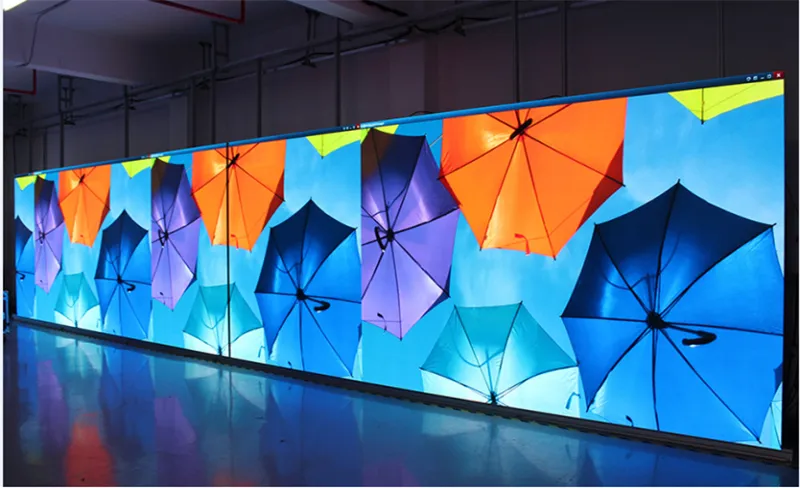Selection and Quotation of the Control System
1. Characteristics and Application Scenarios of Two Control Systems
The control system plays a core control role in the operation of an LED display. It is mainly divided into two types: the synchronous control system and the asynchronous control system. The synchronous control system can achieve real – time synchronous display between the display and devices such as computers, and is suitable for scenarios with high requirements for the real – time nature and accuracy of the display content, such as display screens at large – scale concerts and sports event live broadcasts. The asynchronous control system does not need to be connected to a computer in real – time. It can pre – store the display content and play it according to the set program, and is suitable for scenarios with low requirements for real – time nature but with an emphasis on scheduled content playback and convenient management, such as information – publishing display screens in shopping malls and schools.
2. Determining the Selection and Quotation Based on Customer Needs
When quoting for customers, we need to accurately recommend the appropriate control system according to their actual usage scenarios and needs. If a customer’s project has high real – time requirements, such as a display screen at a large – scale event venue, we recommend the synchronous control system and quote based on the cost of the selected model plus a reasonable profit. Conversely, if a customer’s display screen is mainly used for daily information release and has low real – time requirements, the asynchronous control system is more suitable, and we also quote based on the cost of this system and the expected profit.
Technology and Quotation Composition of the Aluminum Alloy Frame
1. Structure and Function of the Frame
The aluminum alloy frame is an important part of the display panel. It is not just a simple frame structure. When the LED display panel is embedded in the frame, there is a rib structure behind the frame. These ribs enhance the overall strength and stability of the frame, ensuring that the entire display can maintain a good shape and performance during long – term use. The manufacturing process of the ribs involves multiple aspects such as material selection, processing technology, and installation methods.
2. Detailed Explanation of the Quotation
When quoting the price of the aluminum alloy frame to the customer, if the customer has questions about the price of $24.38 per foot (assuming converting 80 yuan per meter to per foot, with 1 meter
≈
3.28 feet and converting according to the current exchange rate), we need to explain the composition of the quotation in detail. This price per foot not only includes the cost of the aluminum alloy material but also the cost of subsequent processing procedures. For example, the labor, tool, and equipment costs for installing the ribs, as well as the costs increased by the surface treatment process of the frame, such as oxidation and spraying.
Clear Accounting and Quotation Representation of Freight Costs
1. Local and Off – site Freight Standards
In the quotation of LED display projects, freight is an important cost factor. For local projects, to enhance competitiveness and convenience, we provide free transportation services. For off – site projects, we charge freight at a standard of $0.3107 per mile (assuming converting 200 yuan per 100 kilometers to per mile, with 100 kilometers
≈
62.14 miles and converting according to the current exchange rate). This charging standard is based on a detailed accounting of transportation costs, including fuel costs, tolls, vehicle wear – and – tear costs, and driver labor costs, which is basically equivalent to the actual transportation cost.
2. Key Points of Communication on Freight in the Quotation
When quoting to the customer, we need to clearly explain the freight charging standard and calculation method. For off – site customers, we should clearly inform them that the freight is calculated at a one – way cost of $0.3107 per mile and explain that this cost is a necessary expense to ensure the safe and timely delivery of the display to the project site, avoiding misunderstandings or disputes about freight costs in the later stage.
I’m tired of reading words. Let’s listen to this.
Related Courses
- Shanghai HARSELED Expands Global Reach with New Branch Office in Cambodia
- How to Choose the Best Indoor LED Display Screen for Advertising in 2025
- Transparent LED Display
- 3D Digital Billboards
- Electronic LED Billboards
Join us and become our distributor

